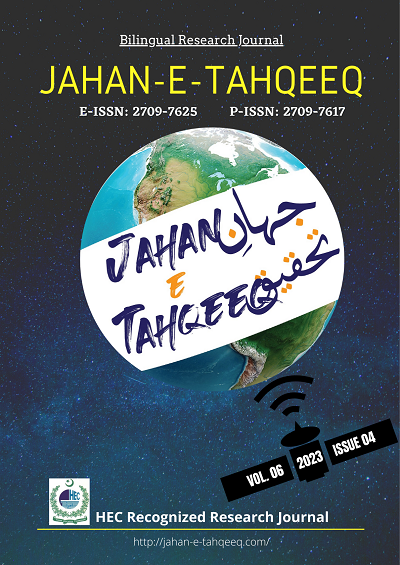EXISTENCE IN THE LIGHT OF POST SOCRATIC PHILOSOPHY WITH RELATION TO THE CREATIVE WORKS
##plugins.themes.academic_pro.article.main##
Abstract
This research delves into the intersection of Post-Socratic philosophies—Stoicism, Epicureanism, Skepticism, and Cynicism—with the realm of art, exploring how these philosophical currents have influenced artistic thought and expression throughout history. The study examines how artists have engaged with the fundamental dimensions of human existence, authenticity, and the pursuit of truth articulated by these ancient schools of thought.
The investigation begins by elucidating the core tenets of each philosophical tradition, ranging from Socratic dialectics and the pursuit of virtue to the Sophists' emphasis on subjectivism and relativism. It explores the Stoic ideal of living in accordance with nature, the Epicurean pursuit of pleasure and tranquility, the Skeptical quest for logical answers, and the Cynical rejection of materialism and embrace of simplicity.
Drawing connections between philosophy and art, the study analyzes the ways in which artists across different periods and movements have manifested philosophical principles in their creative endeavors. From Renaissance masters like Leonardo da Vinci and Michelangelo to modern movements like Fauvism, Cubism, and Psychedelia, artists have grappled with existential questions, social critique, and the pursuit of aesthetic pleasure.
Moreover, the research highlights how philosophical ideas have permeated diverse artistic forms, from painting and sculpture to literature and architecture. It examines the impact of Post-Socratic thought on artistic movements such as Rococo, Aestheticism, and Cynical Realism, illustrating how philosophical currents continue to shape cultural narratives and artistic expressions in contemporary society.
Through an interdisciplinary lens, this study elucidates the intricate relationship between philosophy and art, shedding light on the enduring influence of ancient wisdom on the creative imagination across cultures and epochs. Ultimately, it underscores the profound insights that emerge when philosophy and art converge, inviting deeper reflections on the nature of human existence and the quest for authenticity.
##plugins.themes.academic_pro.article.details##

This work is licensed under a Creative Commons Attribution-NonCommercial-NoDerivatives 4.0 International License.

